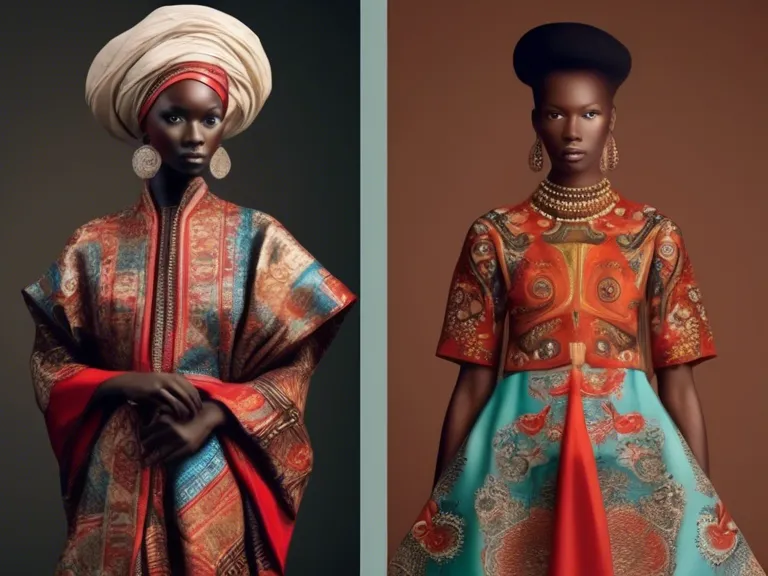
Cultural Influences on Fashion: How Traditions Shape Modern Styles
Fashion is more than just clothing; it is a representation of our cultural heritage and traditions. From the vibrant colors of Indian saris to the sleek lines of Japanese kimonos, every culture has its unique style that influences the world of fashion. These cultural influences shape the modern fashion landscape, bringing diversity and creativity to the industry.
One of the most significant ways that traditions impact fashion is through the use of traditional symbols and motifs. For example, Chinese culture is often represented through the use of dragons and cherry blossoms in clothing designs. Similarly, African prints and patterns are now popular in Western fashion, thanks to the influence of traditional African textiles.
Another way that culture shapes fashion is through traditional garments and attire. Many designers draw inspiration from traditional clothing styles, such as the Hmong tribe's colorful embroidered clothing or the Maasai tribe's beaded jewelry. These designs are reimagined and incorporated into modern fashion, creating a fusion of traditional and contemporary styles.
Cultural celebrations and rituals also play a role in influencing fashion trends. For instance, traditional wedding attire from different cultures often inspires bridal fashion trends around the world. The intricate beadwork of a Nigerian bride's dress or the flowing silk robes of a Chinese bride can be seen in modern wedding gowns.
In today's globalized world, cultural influences on fashion are more prevalent than ever. Social media and the internet have made it easier for people to discover and appreciate styles from different cultures. As a result, designers are increasingly turning to traditional techniques and materials to create unique and culturally rich fashion collections.
In conclusion, traditions and cultural influences have a profound impact on modern fashion. By celebrating and incorporating these diverse styles into the mainstream industry, we can create a more inclusive and culturally rich fashion landscape.
